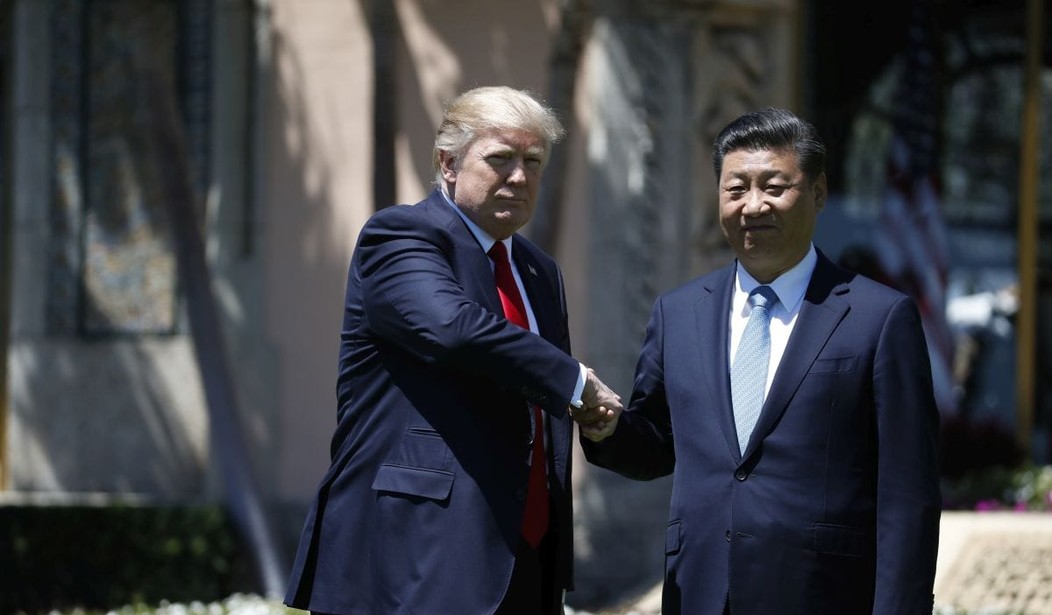Donald Trump presented an early Christmas gift to American farmers as negotiators have signed off on a partial trade deal with China that will avoid imposing new tariffs on Beijing while easing other duties that have been crippling American farmers.
The White House is hoping that the partial deal will accelerate negotiations toward a broader trade deal with China.
The White House agreed to scrap new 15% tariffs covering $156 billion worth of Chinese goods and also cut existing tariffs on Chinese goods, according to the Wall Street Journal. In exchange, Beijing will reportedly increase purchases of U.S. farm goods. The Washington Post reported that Trump was expected to formalize the agreement later on Thursday.
The White House and Beijing are currently engaged in talks to complete “phase one” of a trade agreement announced on Oct. 11. The deal has progressed slowly, with both sides arguing over how the terms would be committed to writing and whether the administration would remove some of the tariffs it has imposed.
There is a lot of distrust between the two sides, as Trump wanted to make sure that China held up its end of the bargain.
Beijing has contended the White House rolling back some of its tariffs on Chinese goods was a key condition for maintaining trade talks. Trump has held that keeping tariffs in place and potentially adding more was necessary to ensure that China abided by the terms of any deal.
The deal will be a windfall for American farmers.
A sourced [sic] briefed on the status of bilateral negotiations said the United States would suspend tariffs on $160 billion in Chinese goods expected to go into effect on Dec. 15 and roll back existing tariffs.
In return, Beijing would agree to buy $50 billion in U.S. agricultural goods in 2020, double what it bought in 2017, before the trade conflict started, two U.S.-based sources briefed on the talks said.
Any time you end up with twice as much as you started with, it’s a big win.
“If signed, this is an encouraging first phase that puts a floor under further deterioration of the bilateral relationship,” said U.S.-China Business Council President Craig Allen. “But this is just the beginning. The issues facing the US and China are complex and multi-faceted. They are unlikely to all be resolved quickly.”
Our trading relationship with China is made even more complicated with China becoming more aggressive in East Asia, threatening American friends like Japan and the Philippines.
Brookings also points to a potential political crisis complicating negotiations:
Such costs to the Chinese economy — especially if they leak into the property sector — will place great political pressure on the Chinese leadership. President Xi Jinping will be harshly judged for how he handles this trade war, and any major missteps could prompt a political crisis. Under the dire circumstances, the Chinese leadership will likely search for a solution other than compromise on the trade front. Chinese media has diffused some of the pressure by attributing U.S. actions to a “crazy” and “greedy” President Trump, buying some time for Xi’s preferred tactic — negotiation. Also, to the benefit of the Chinese leadership, the Chinese public has come to view escalatory U.S. trade actions as part of a “conspiracy” to undermine China’s rise. However, continued escalation by the U.S. and the resulting political pressure in China may limit Xi’s options. Lest Chinese leaders be seen as capitulating to U.S. demands, rising domestic political pressure may leave them with no choice but to stand firm.
A good first step. But now the hard part begins.










Join the conversation as a VIP Member